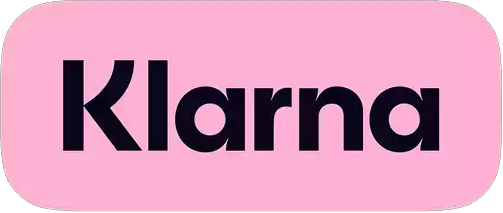Natural or synthetic HRT: understanding the difference
Synthetic HRT and natural hormone replacement therapy - learn the differences
If you’ve been prescribed HRT, do you know whether it contains natural (sometimes called ‘body identical’) hormones or synthetic hormones? Or why it might make a difference?
What are natural hormones?
Most Newson Clinic patients are prescribed natural, body identical hormones. This means the hormone – oestradiol (oestrogen), progesterone and/or testosterone – has the same chemical structure as those produced by your body. These natural hormones are derived from the yam plant or soy.
What is synthetic HRT?
Synthetic hormones differ chemically from the hormones produced by your body. This means they may have different metabolic effects on your body.
You may be aware that the original synthetic oestrogen tablets contained a mix of several types of oestrogen that was derived from pregnant horse urine. There are other types of tablet oestrogen that also have a different chemical structure to that of oestradiol, which is the beneficial type of oestrogen your body produces before menopause.
Synthetic versions of progesterone are called progestogens, or progestins. These both have a slightly different chemical structure to progesterone. Progestogen is a molecule, either natural or synthetic, which has similar effects to progesterone and binds to the progesterone receptor. Progestins are synthetic compounds, they are made in a laboratory, which mimic the action of progesterone.
All forms of testosterone HRT is body identical HRT – there are no synthetic versions.
What’s the difference between natural and synthetic hormones?
The safest type of HRT is natural, body identical HRT.
Natural, body identical oestradiol has fewer side effects than synthetic oestrogen and has no risk of blood clot or stroke (oestrogen tablets have a small increased risk of clot or stroke) [1]. This is because when oestrogen is taken as a tablet, it is metabolised in your liver, which produces clotting factors.
Natural, body identical progesterone has fewer side effects than other types of progestogens and is not associated with risks to your health – studies have shown that women who take micronised progesterone (Utrogestan) do not have a higher risk of clot or heart disease [2].
Synthetic progestogens and progestins are associated with a small risk of blood clot, heart disease and breast cancer. Your individual risk will depend on your overall health, genetics, family medical history, weight and your lifestyle habits. For instance, the risk of breast cancer is greater in women who are overweight, do no exercise or drink moderate amounts of alcohol compared to taking any types of HRT [3].
If you are thinking of changing your type of HRT, you can book consultation below.
Is my HRT natural or synthetic?
If you take your oestrogen through your skin – as a patch, gel or spray – this is natural oestradiol.
There are some oestrogen tablets that contain natural oestradiol, such as Elleste Solo and Zumenon, but there remains a small increased risk blood clot [1] because it is in tablet format. Other types of tablet oestrogen are classed as synthetic HRT (bio identical HRT).
Micronised progesterone (progesterone that has been ground to a fine powder and suspended in oil) is body identical or natural. This includes Utrogestan and Gepretix.
Although not classed as body identical, the Mirena (and Levosert) coil is a safe and effective type of progestogen – it has the least side effects and risks compared to other types of progestogens and it usually just works locally on the lining of your womb.
In combined HRT – a patch or a tablet that contains both oestradiol and progestogen – the oestradiol is natural but the progestogen is synthetic. An exception is Bijuve, a tablet that contains both natural oestradiol and progesterone.
Should I change my HRT type?
Your Newson Clinic healthcare professional can work with you to determine the best HRT type for your individual circumstances. If you were prescribed synthetic HRT (bio identical HRT) some time ago, you may want to discuss alternative options with a clinician at Newson Clinic.
Keep in mind that there is no ‘best’ option that suits all women. Some women, for example, are progesterone intolerant and find that their mood is lower when they take Utrogestan or they experience side effects. In this case, it is worth talking to your Newson Clinic healthcare professional who may discuss alternative ways of taking Utrogestan, or alternative options.

















